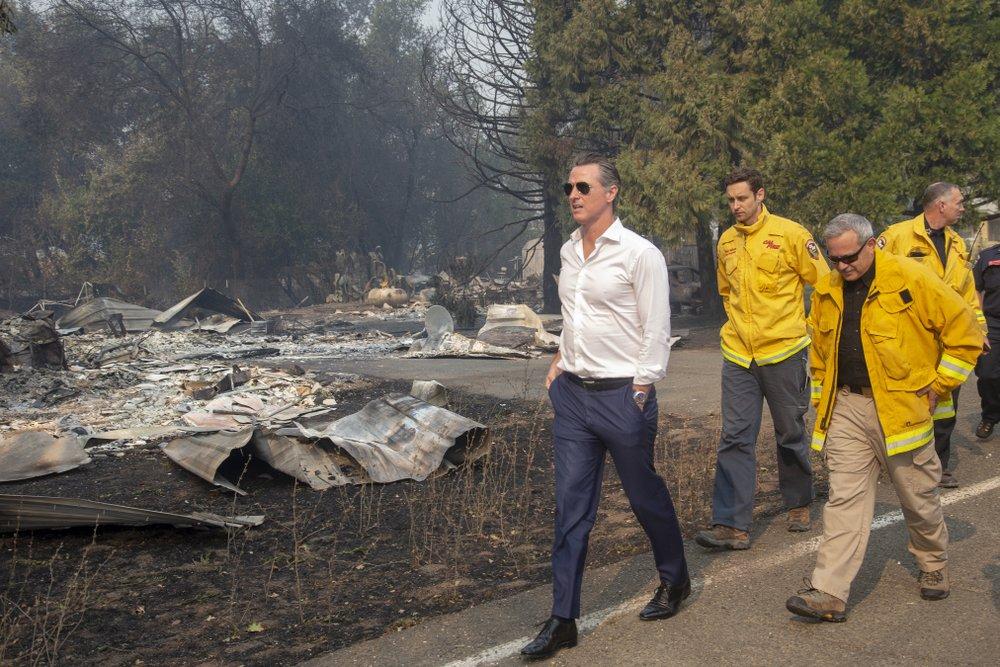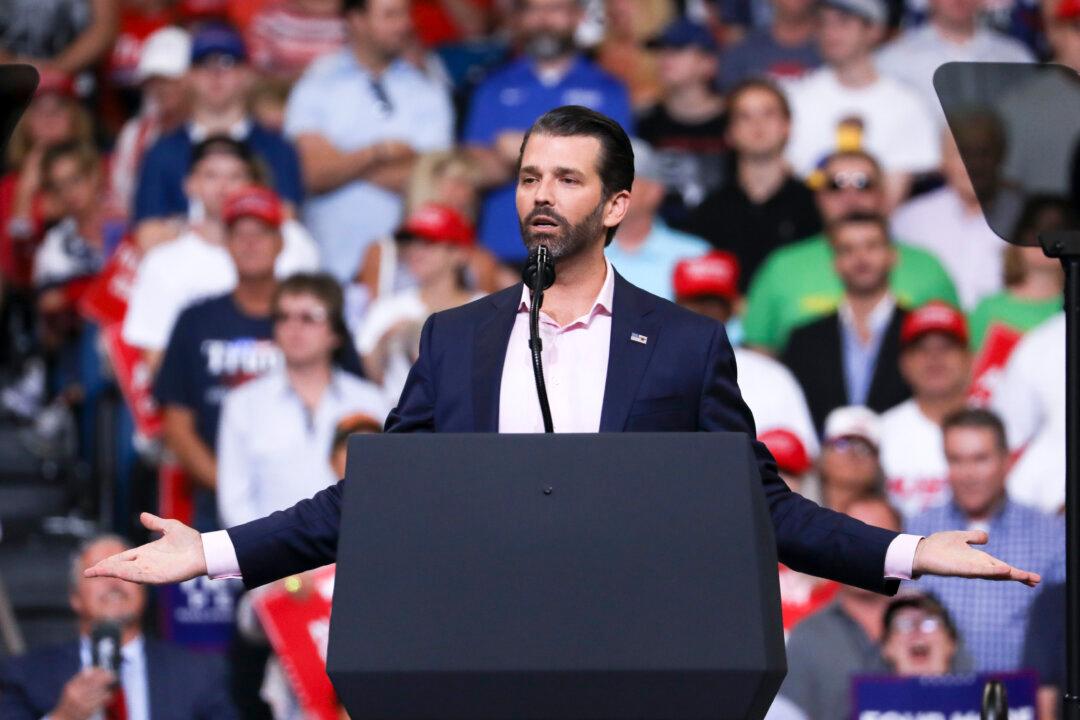The world’s top oil-producing nations used the G20 talks on Friday in an attempt to finalize a deal on crude oil production cuts aimed at preventing the industry from collapsing.
President Donald Trump has spoken to both Saudi Arabia’s Crown Prince Mohammed bin Salman and Russian President Vladimir Putin in an attempt to break an impasse between the world’s second- and third-largest oil producers, which have been locked in a bitter price war for weeks.





